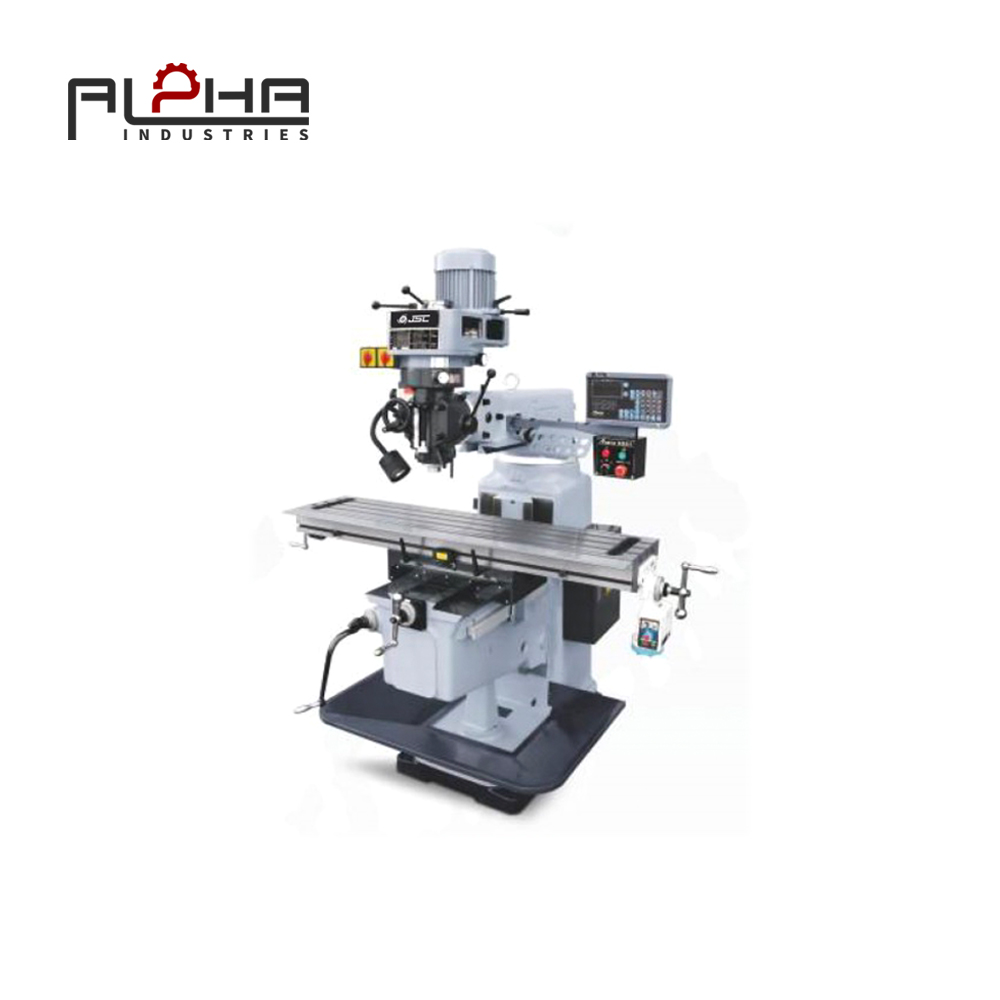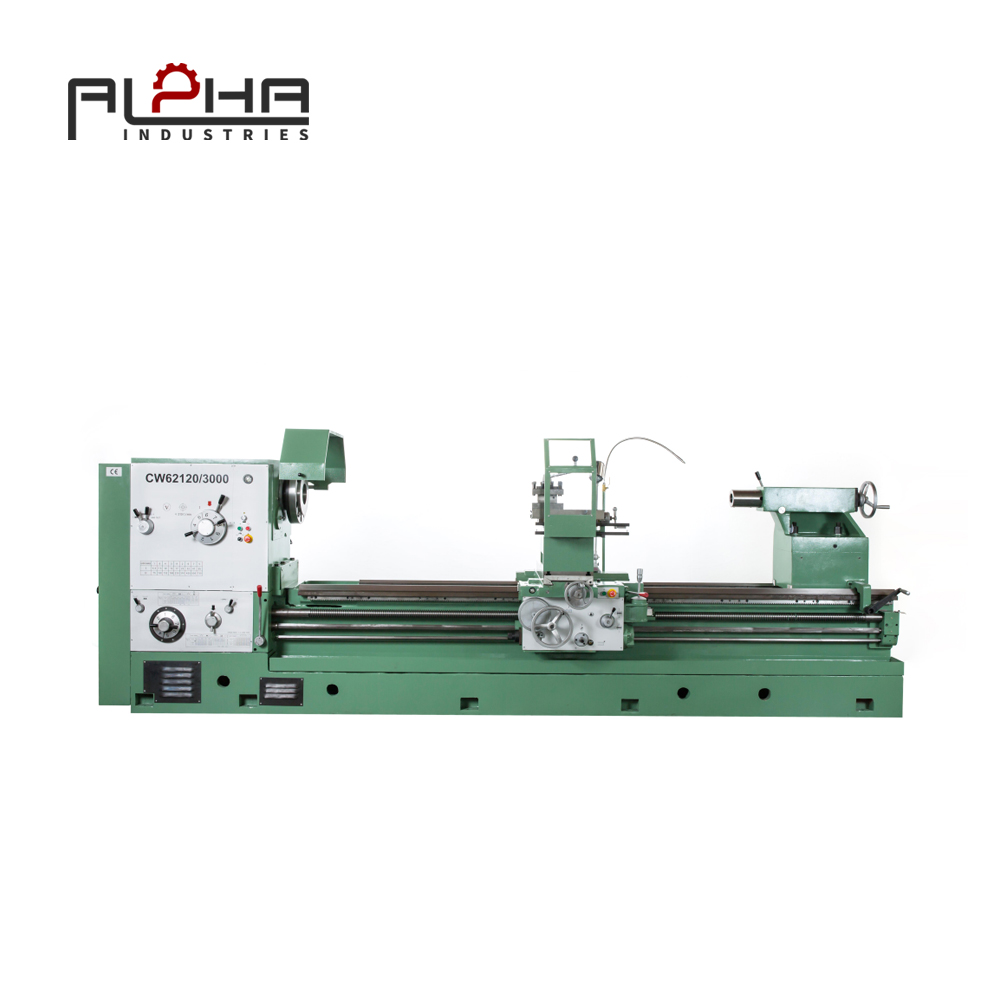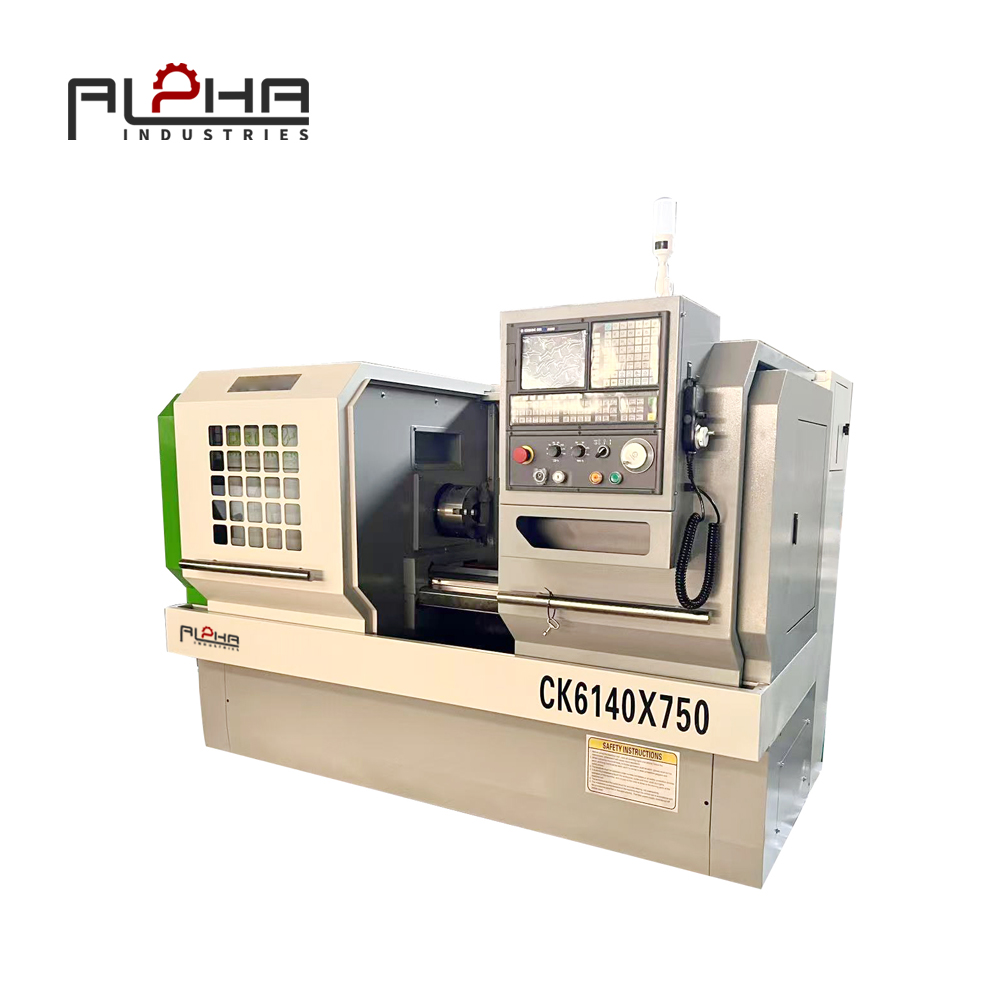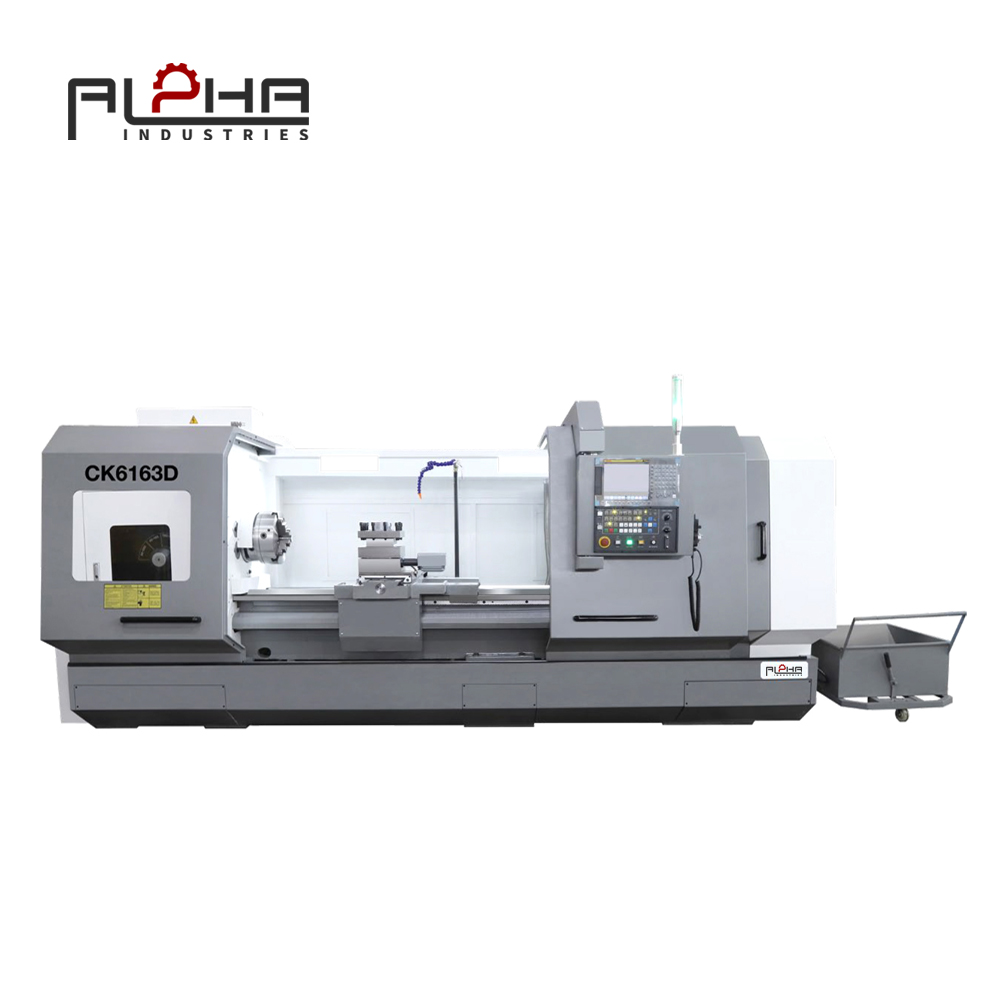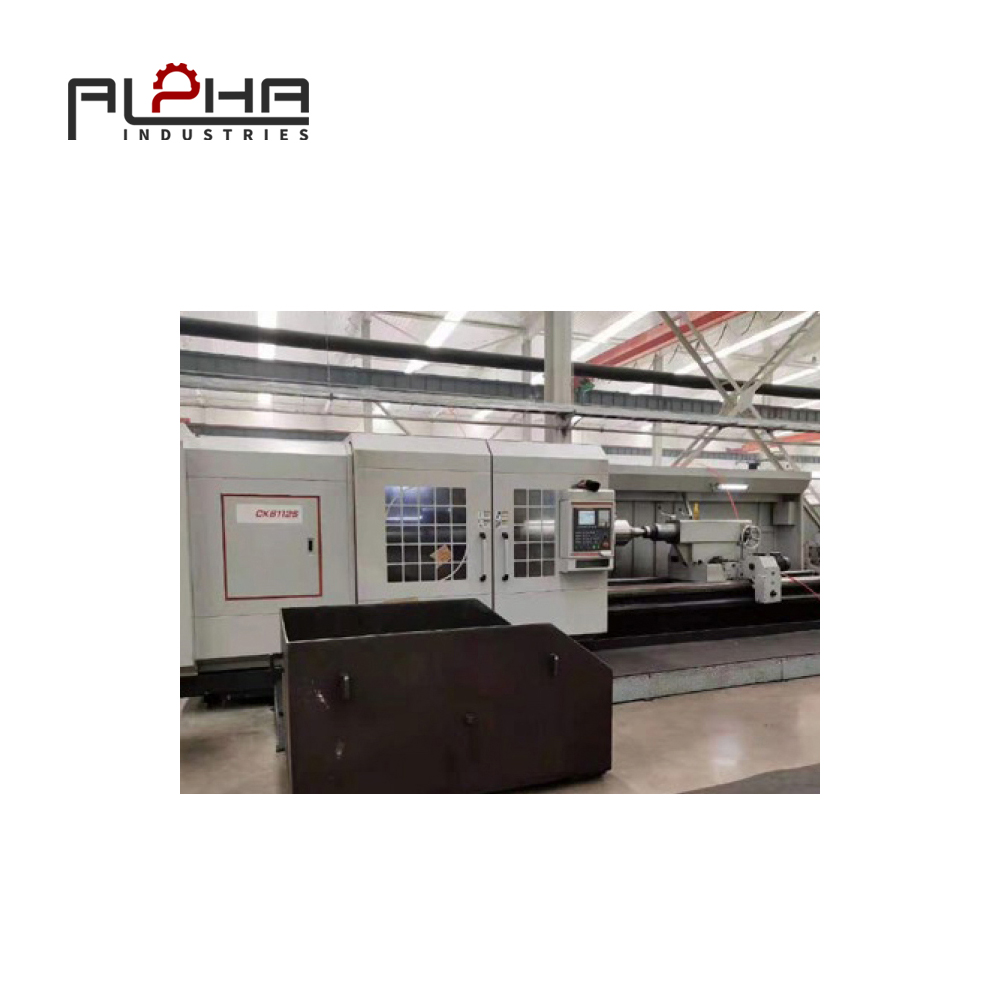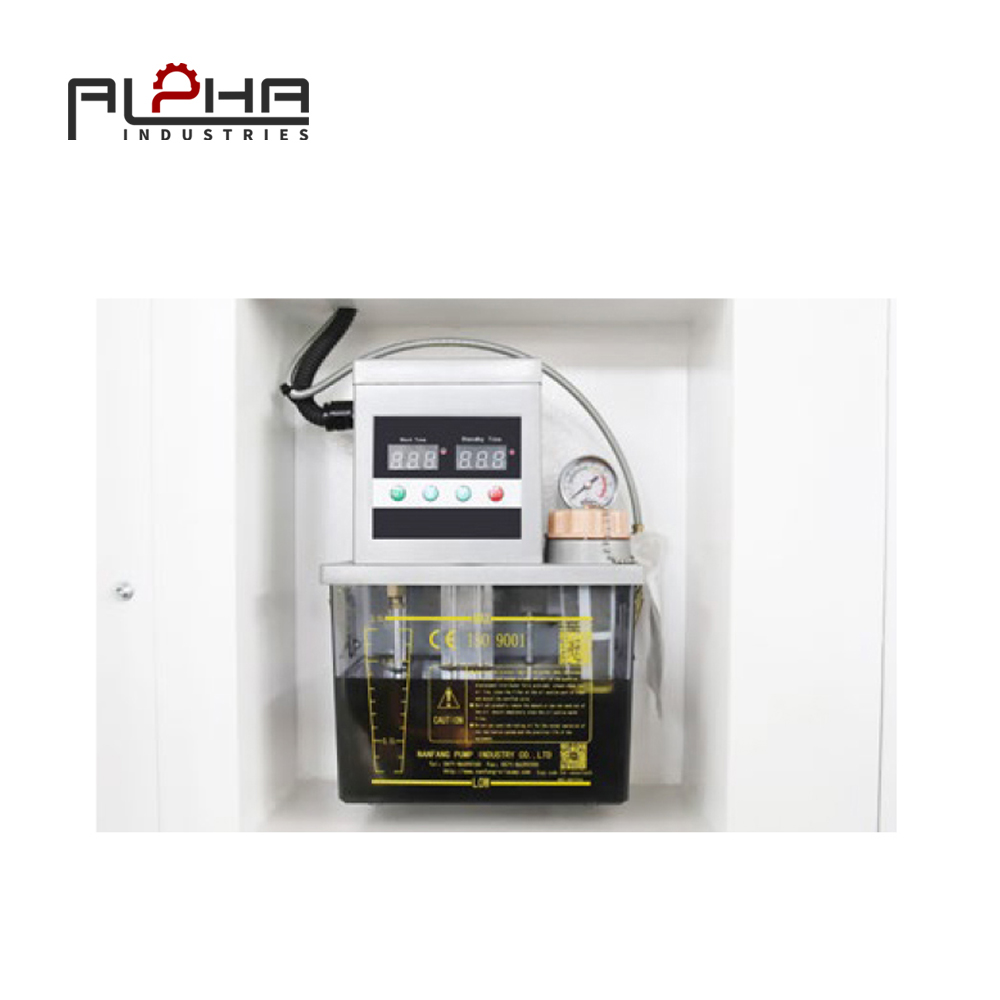Machining hard metals like titanium, Inconel, and hardened steels requires more than just cutting force—it demands precision, rigidity, and thermal stability. Lathes specifically engineered for hard metal machining offer the structural strength and torque necessary to process these materials without compromising dimensional accuracy or surface finish.
Challenges in Hard Metal Machining
Hard metals present challenges such as high cutting resistance, rapid tool wear, and excessive heat generation. Conventional lathes often fail to maintain consistent performance under these stresses. Precision lathes designed for hard metal turning integrate high-torque spindles, reinforced machine beds, and specialized cooling systems to tackle these challenges head-on.
Structural and Mechanical Enhancements
-
Reinforced Bed and Headstock:Manufactured from high-grade cast iron with internal ribbing to absorb vibrations and resist deformation during heavy cuts.
-
High-Torque Spindle Motors:Capable of delivering stable torque at low RPMs, essential for cutting dense materials without sacrificing feed rates.
-
Hydrostatic Guideways:These advanced guideways minimize friction and wear, ensuring long-term positional accuracy even under high loads.
-
Dynamic Vibration Damping:Integrated damping systems prevent chatter, preserving surface finish and reducing tool wear during interrupted cutting.
Tooling and Cooling Systems
-
Carbide and CBN Tools:For hard metals, cubic boron nitride (CBN) and ceramic tools are preferred due to their extreme hardness and heat resistance.
-
High-Pressure Coolant Systems:Deliver coolant directly to the cutting zone at pressures up to 1000 psi, flushing away chips and maintaining tool temperature.
-
Adaptive Tool Monitoring:Sensors detect tool wear or breakage in real-time, allowing automatic compensation or machine stop to prevent part rejection.
Material Capabilities
Precision lathes for hard metal machining can efficiently process:
-
Titanium Alloys:Common in aerospace and medical implants, requiring careful heat control to prevent work hardening.
-
Inconel and Superalloys:Used in turbines and energy sectors, demanding extreme cutting stability.
-
Hardened Steels (>50 HRC):For molds and dies, where tight tolerances and fine finishes are critical.
Process Optimization Features
-
Constant Surface Speed (CSS) Control:Automatically adjusts spindle speed to maintain optimal cutting conditions as the diameter changes during turning.
-
Live Tooling Support:Enables complex geometries and secondary operations like drilling or milling without part repositioning.
-
Programmable Tailstocks:Provide adjustable support force, essential for preventing workpiece deflection in long or slender components.
Quality Assurance and Monitoring
-
Integrated Probing Systems:Allow in-cycle measurement of critical dimensions, ensuring compliance with tolerances throughout production.
-
Data Logging and Analytics:Capture process data for traceability and continuous improvement in machining strategies.
Conclusion
Investing in a precision lathe tailored for hard metal machining empowers manufacturers to deliver components with superior strength, precision, and reliability. Whether it's aerospace-grade titanium parts or high-stress energy components, these machines ensure production excellence under the toughest conditions.
FAQs:
1. Why is a high-torque spindle important in hard metal machining?
A high-torque spindle maintains cutting stability at low speeds, which is essential when dealing with tough, high-resistance materials like titanium and Inconel. It prevents tool stalling and ensures consistent material removal.
2. How do hydrostatic guideways improve lathe performance?
Hydrostatic guideways use pressurized oil films to eliminate direct contact between moving parts, reducing wear and ensuring ultra-smooth motion. This enhances precision and machine longevity, especially under heavy loads.
3. What coolant system is best for turning hard metals?
High-pressure coolant systems are most effective, delivering coolant directly to the cutting interface to dissipate heat, improve chip evacuation, and extend tool life during hard metal machining.
4. Can precision lathes handle interrupted cuts on hard metals?
Yes, advanced lathes are designed with dynamic vibration damping and rigid structures to handle interrupted cutting paths—common in complex geometries—without compromising tool integrity or part finish.
5. What industries require hard metal lathe machining?
Industries such as aerospace, power generation, medical implants, and mold & die manufacturing rely on hard metal machining for critical components that must withstand extreme mechanical and thermal stress.



